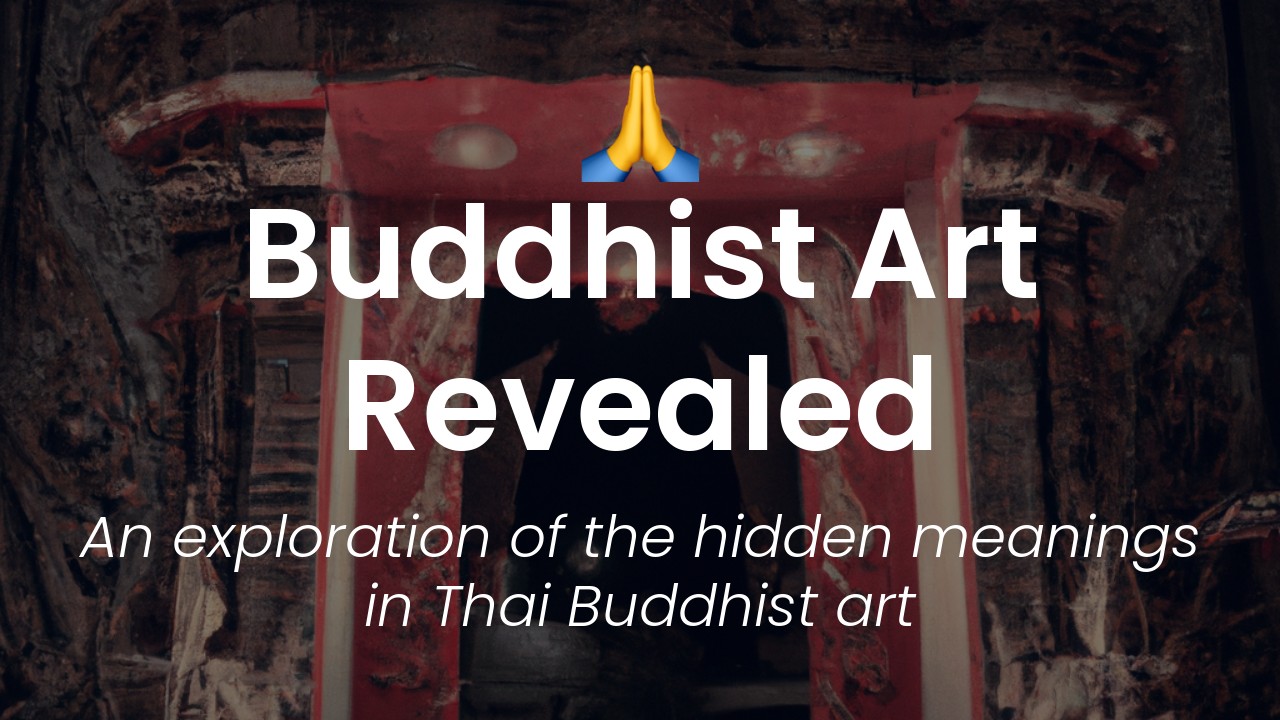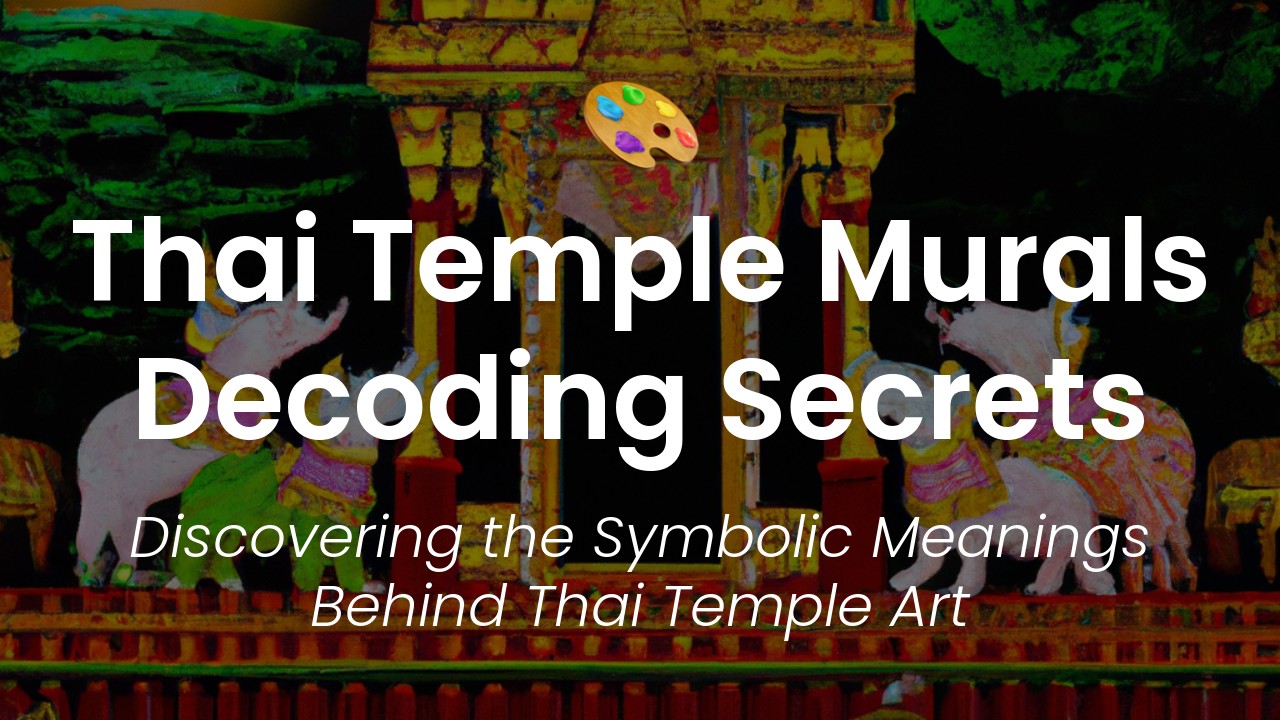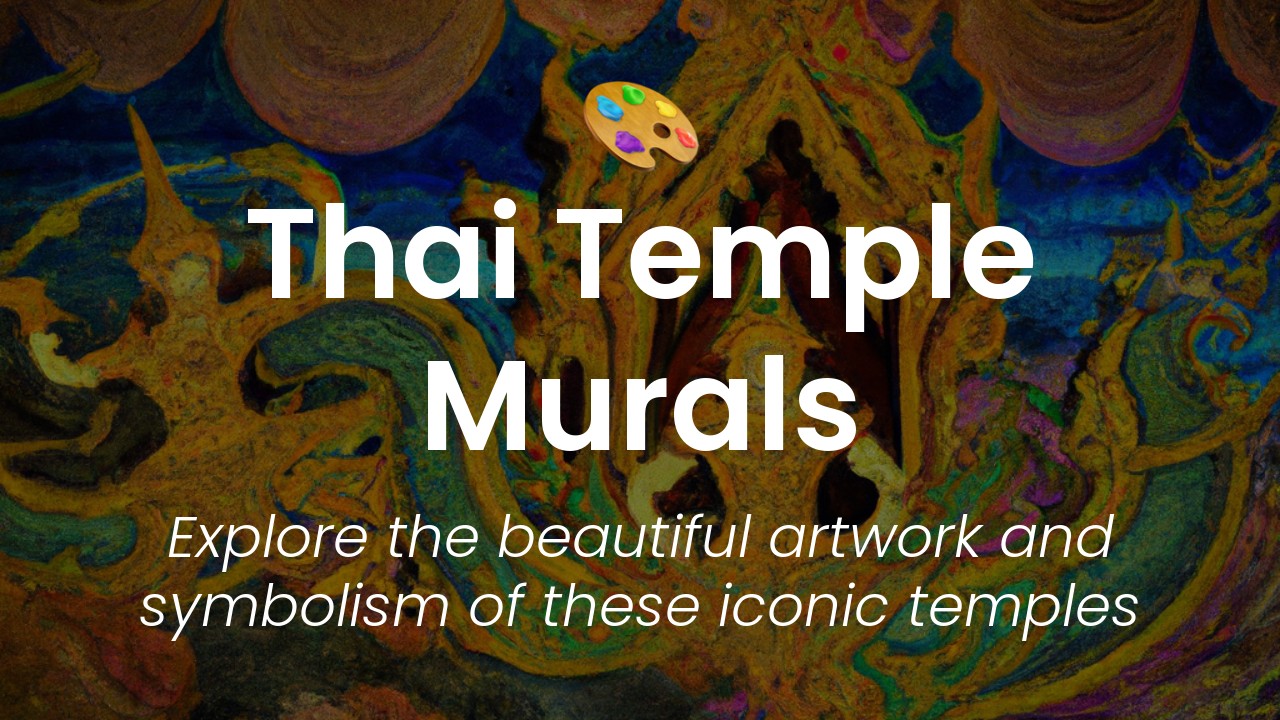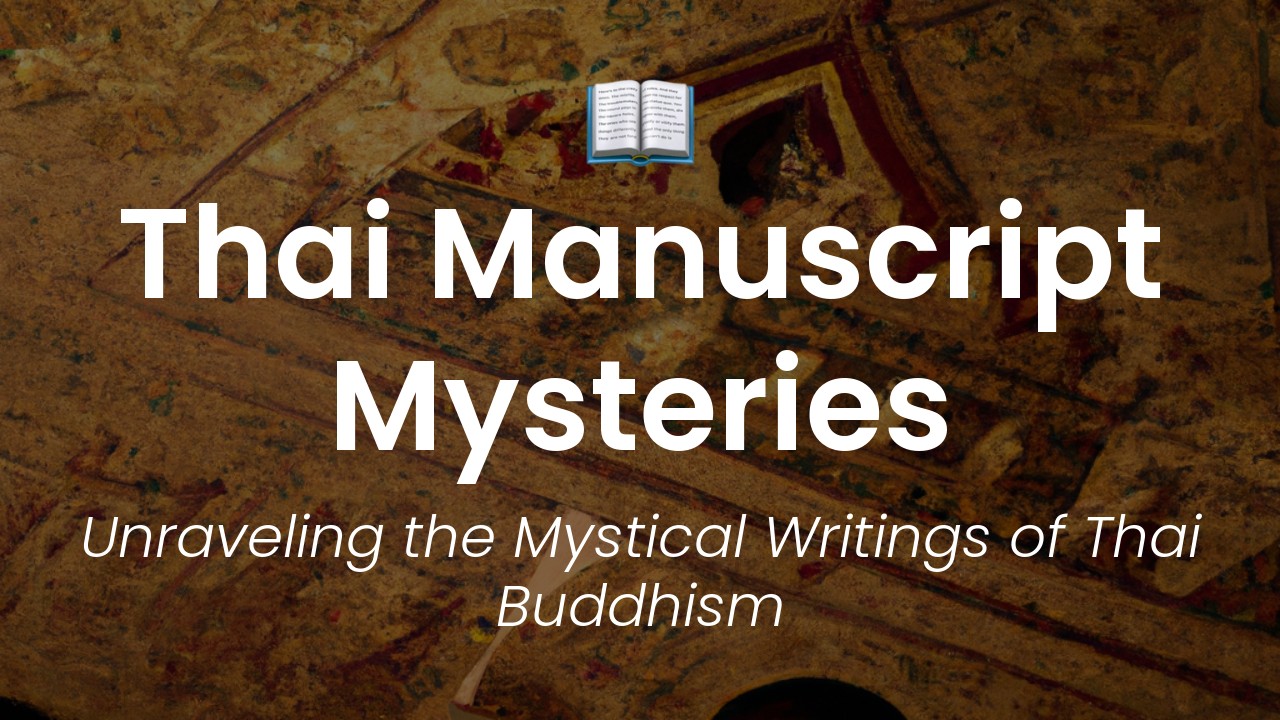I recently discovered a hidden gem in Thailand that I am excited to share with my readers – the enchanting world of Buddhist tapestry art. In Thailand, these masterpieces are known as ‘phaa phraeng’, and they have been around for centuries. These tapestries are gorgeous works of art that depict important religious events, historical landmarks, and royal ceremonies. They are not only a way to showcase the immense talent of Thai artists, but they also provide a glimpse into the rich cultural heritage and religious beliefs of the Thai people.
These beautiful tapestries are made from silk or cotton and woven with colorful threads of gold, red, blue, green, and purple. Each piece takes a considerable amount of time and skill to create. The intricate designs are created using a technique called ‘hol’, which is the traditional method of weaving in Thailand. The weavers use small shuttles to pass the thread through the warp, and they press each row down with a comb to ensure the tapestry is tight and even.
The stories depicted in these tapestries are fascinating and provide a unique way to learn about Thai history, culture, and Buddhist beliefs. The tapestries often depict scenes from the life of Buddha, such as his birth, enlightenment, and death. They also show mythical creatures and scenes from Thai folklore. Many of these tapestries are displayed in Buddhist temples and royal palaces, but they can also be found in art galleries and museums throughout Thailand. I am excited to take you on a journey to discover the beauty of Buddhist tapestry art in Thailand and learn more about the rich cultural heritage of this beautiful country.
History of Buddhist Tapestry Art
Buddhist tapestry art in Thailand, also known as “phaa sin” in Thai, is a traditional form of Buddhist art that has been a part of Thai culture for centuries. This art form involves the use of woven fabrics to create intricate and detailed works of art depicting scenes from Buddhist mythology and history. The origins of phaa sin can be traced back to the Sukhothai period (1238-1438) when this art form was used to adorn Buddhist temples and monasteries.
During the Ayutthaya period (1351-1767), phaa sin became more elaborate and sophisticated with the addition of gold thread and precious stones. It was during this time that phaa sin reached its peak in terms of popularity and craftsmanship, with some of the finest examples of this art form being created during this period.
Diversity of Styles & Techniques
Phaa sin is a versatile art form that comes in many different styles and techniques. The most common style of phaa sin is the “phaa sin hok” which is a long and narrow wall-hanging that is hung in a horizontal orientation. These wall-hangings are usually made of silk or cotton and are adorned with intricate designs and patterns.
Another style of phaa sin is the “phaa khao ma” which is a wall-hanging that is hung in a vertical orientation. This style of phaa sin is usually made of cotton and features simple designs and patterns.
Thailand's Role in Tapestry Art
Thailand has played a significant role in the development and preservation of tapestry art. Buddhist tapestry art is an important aspect of Thai culture and is widely celebrated and appreciated by both locals and tourists. The Thai government has taken steps to preserve this art form by declaring it a national heritage. Many of the finest examples of phaa sin can be found in museums and art galleries throughout Thailand.
The Most Famous Temples with Tapestry Art
There are many temples in Thailand that are famous for their phaa sin art. One of the most famous temples is Wat Phra Kaew in Bangkok, which houses the Emerald Buddha, a highly revered image of the Buddha. The walls of the temple are adorned with phaa sin depicting scenes from Buddhist mythology.
Another famous temple is Wat Phumin in Nan Province, which houses a famous phaa sin called “The Whisper of Love”. This tapestry depicts a scene of courtship between a male and female courtier in a forest.
Symbolism Behind the Art
There is deep symbolism behind the designs and patterns of phaa sin. For example, the lotus flower is a popular design element in phaa sin and signifies purity and enlightenment. The peacock, which is often depicted in phaa sin, symbolizes beauty and grace. The use of gold thread and precious stones is meant to represent the wealth and prosperity of the Buddhist temples and monasteries.
How to Purchase Authentic Tapestry Art
If you are interested in purchasing authentic phaa sin art, it is important to do your research and find a reputable dealer. Look for dealers who specialize in phaa sin and have a good reputation for selling authentic art. You can also visit art galleries and museums to get an idea of what authentic phaa sin looks like and learn more about the history and symbolism behind this art form.
Tapestry Workshops for Visitors
In addition to purchasing phaa sin art, visitors to Thailand can also participate in tapestry workshops to learn how to create their own phaa sin. Many art schools and workshops in Thailand offer classes in this traditional art form, giving visitors a firsthand experience of this unique aspect of Thai culture.
In conclusion, Buddhist tapestry art is a beautiful and important aspect of Thai culture that has been preserved and celebrated for centuries. From its origins in the Sukhothai period to its modern-day popularity, phaa sin continues to be appreciated and admired by people around the world. Whether you are interested in purchasing authentic phaa sin art or participating in a tapestry workshop, there are many ways to discover the enchanting world of Buddhist tapestry art in Thailand.





